Responsible for two million deaths each year, mosquitoes top the list of deadliest animals.
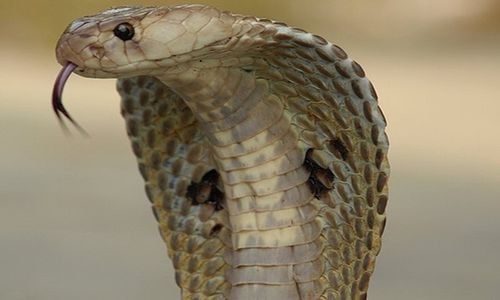 |
| While the Asian cobra is not the world's most venomous snake, it is responsible for the most deaths among the 50,000 snakebite deaths each year. The Asian cobra is capable of firing venom two meters with great accuracy. The snake's venom is a mixture of neurotoxins and poisons that can cause blindness, according to Live Science. Photo: Wikipedia. |
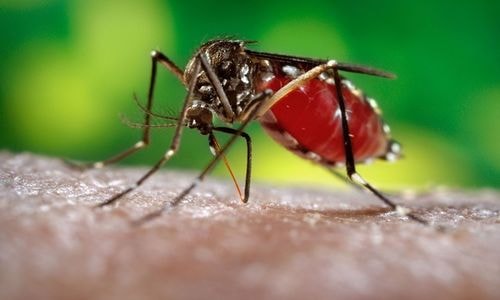 |
| Most mosquito bites are just itchy. But some species of mosquitoes are vectors for malaria parasites. Mosquitoes kill more than 2 million people each year. The tiny creatures were recently identified as the agents that spread the Zika virus, which leads to microcephaly. Photo: Youtube. |
 |
| Great White Sharks are often stimulated and become more aggressive when there is blood in the water. They will use all 3,000 teeth to tear apart anything that moves around. Although great white sharks are fearsome predators in the ocean, the number of people killed by them is very rare. In 2014, there were 72 cases of shark attacks on humans worldwide, of which 3 were fatal. Photo: Neil Hammerschlag. |
 |
| The Box Jellyfish in Australia is also known as the sea wasp. This jellyfish has up to 60 tentacles about 4.5 m long. Each tentacle has 5,000 stinging cells, containing enough toxin to kill 60 people. Scientists estimate that box jellyfish kill dozens of people each year, more than the number of deaths caused by sharks. Photo: National Geographic. |
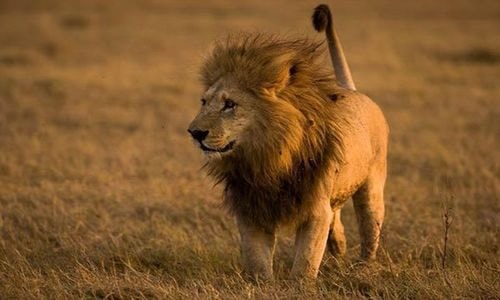 |
| African lions are carnivores with sharp claws and large fangs. Lions are more likely to attack humans after a full moon. This is because moonlight makes prey more visible and easier to escape from predators, leaving the lions hungry. Photo: Beverly & Dereck Joubert. |
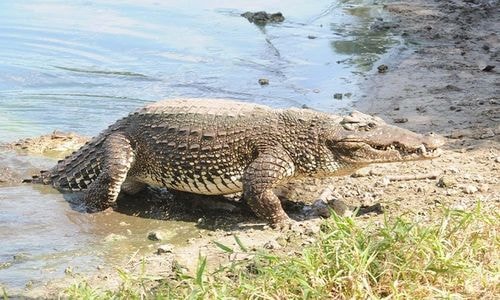 |
| Crocodiles can lie still, waiting for prey to pass by, then suddenly drag their prey underwater and tear it apart. In 2014, a study of fossils showed that modern crocodiles inherited their killer instincts from their ancient ancestors. But a human is more likely to die from a bee sting than a crocodile attack. Photo: Stave Zack. |
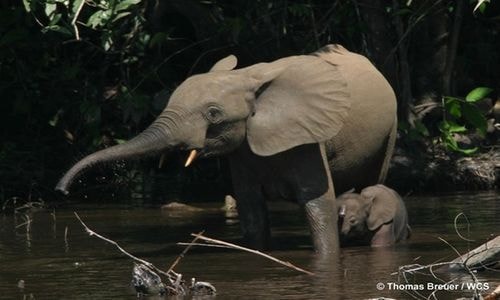 |
| Elephants are not always friendly, unless they are domesticated. Elephants kill more than 500 people a year worldwide. African elephants typically weigh around 7.3 tonnes, enough to crush any animal underfoot without needing to use their sharp tusks. Photo: Thomas Breuer. |
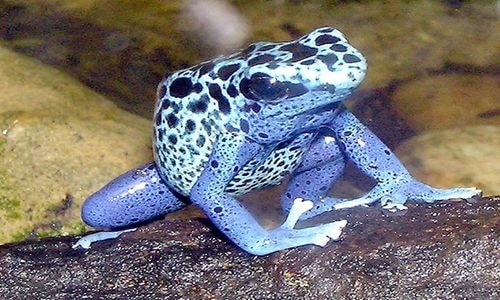 |
| Poison Dart Frogs secrete a viscous neurotoxin from their backs that keeps predators away. Each frog produces enough poison to kill 10 people. Photo: Wikipedia. |
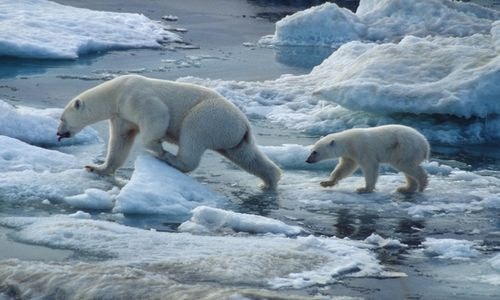 |
| Polar bears attack humans two to three times a year, often due to people encroaching on their territory, such as camping, without taking proper precautions. Photo: World Wildlife Fund. |
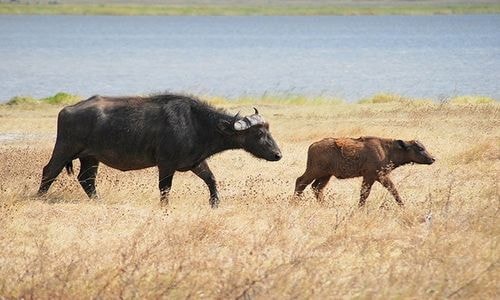 |
| When facing predators, Cape buffalo often use their large, sharp horns. You can easily be in danger if you are chased by a herd of thousands of buffalo. Photo: Wikipedia. |
According to VNE















